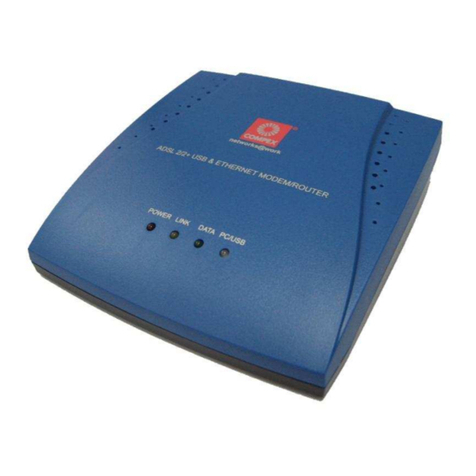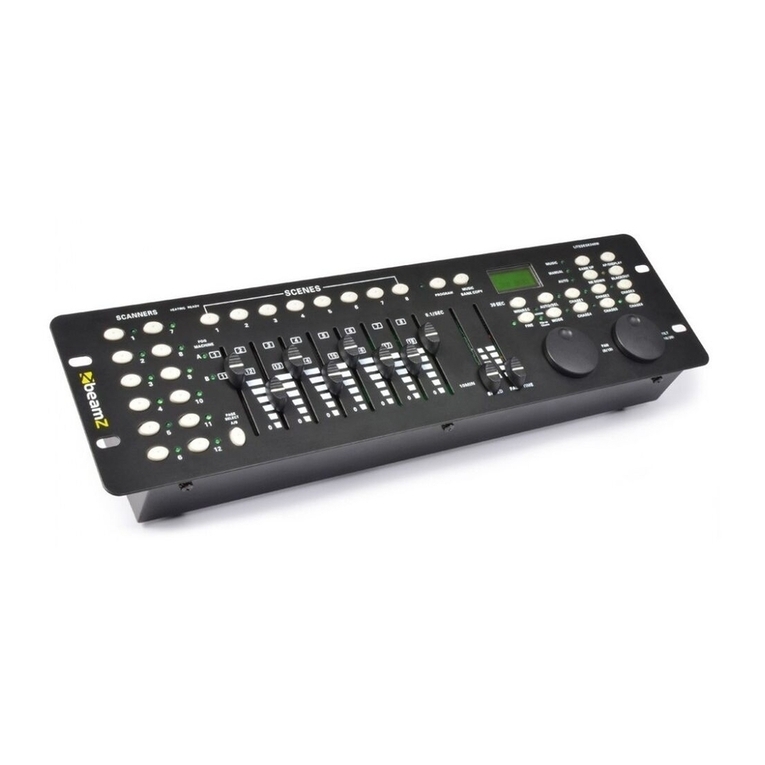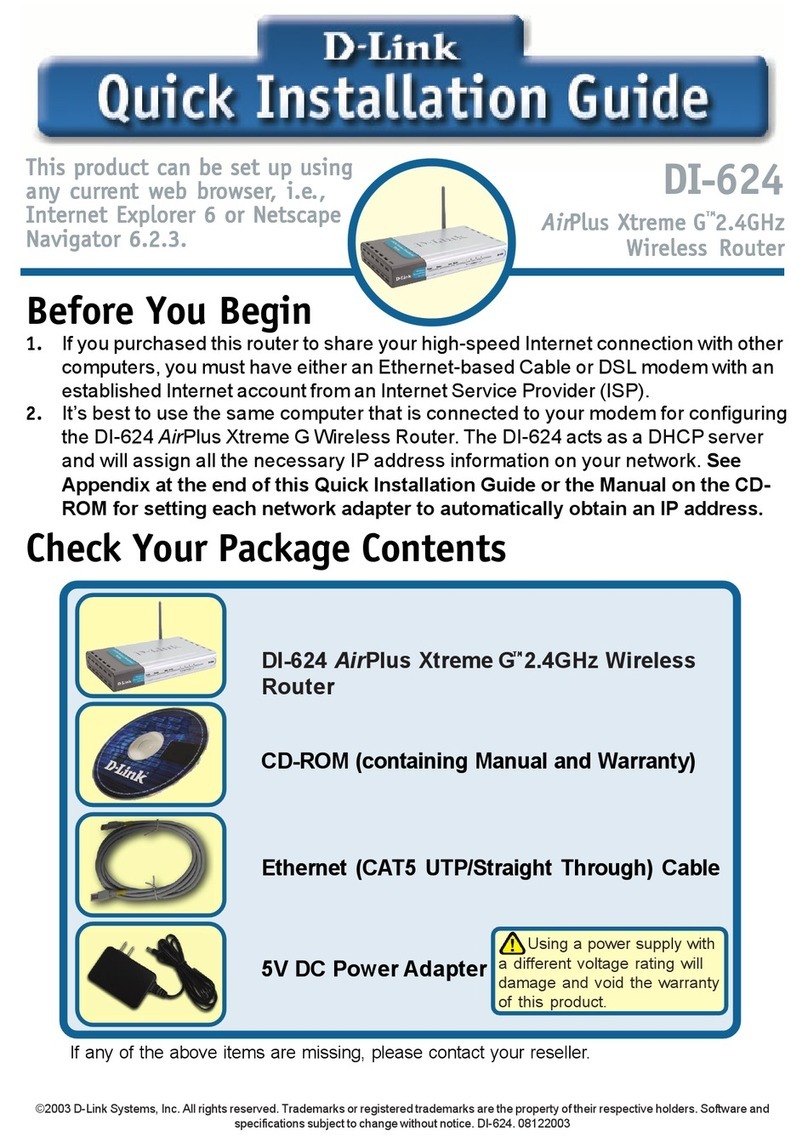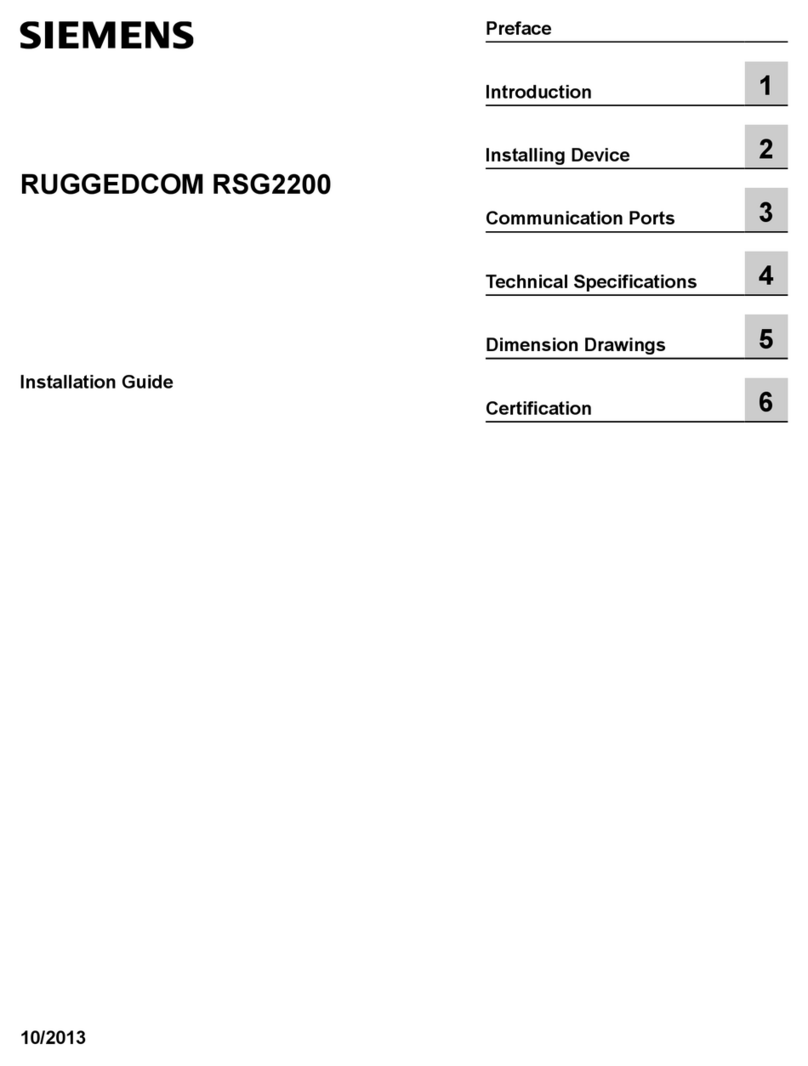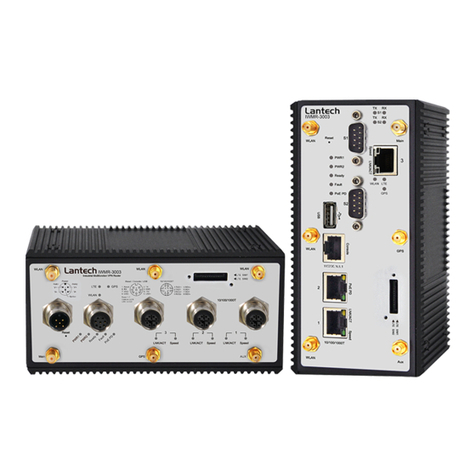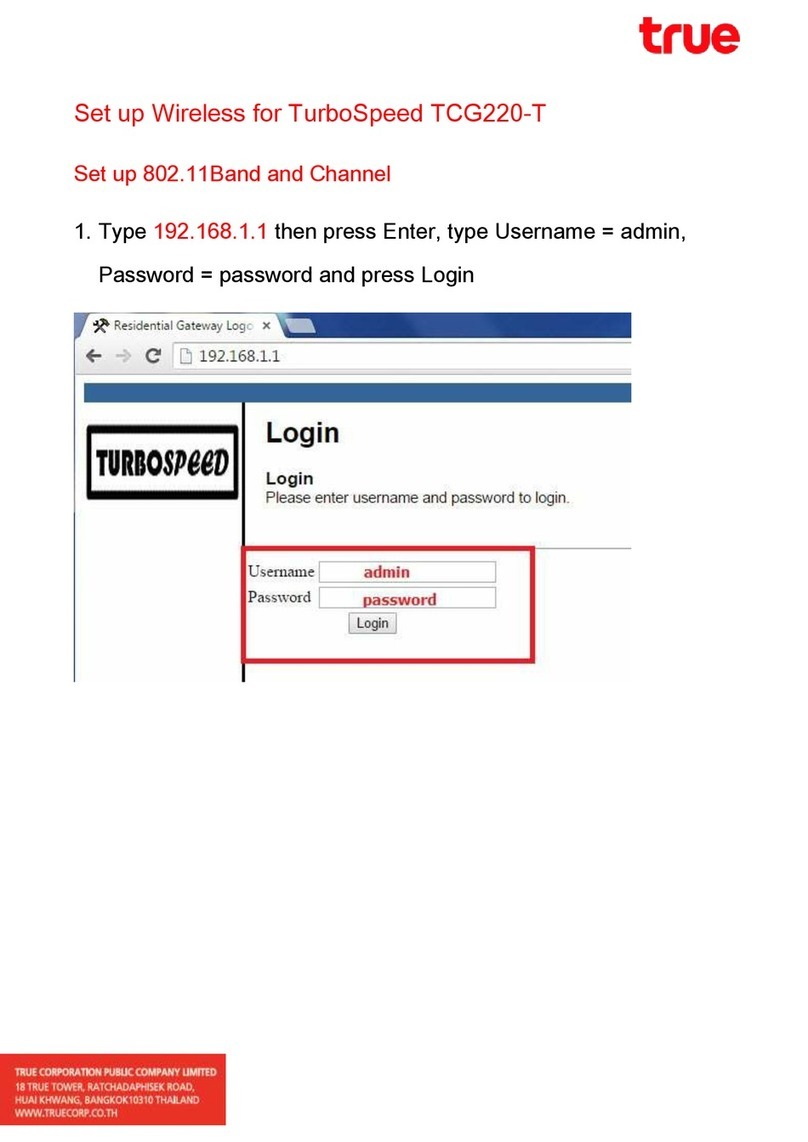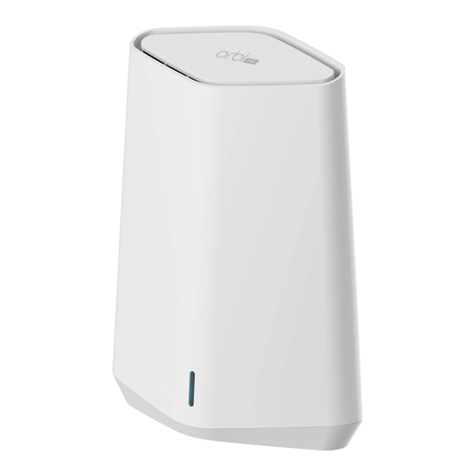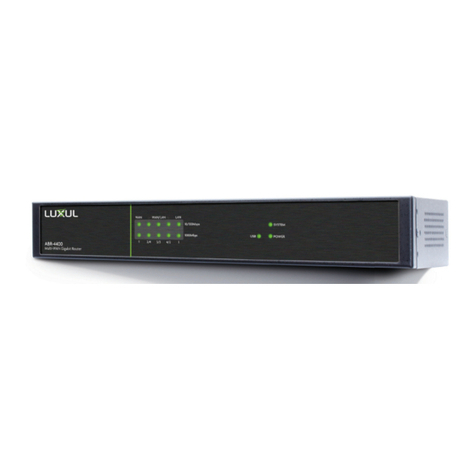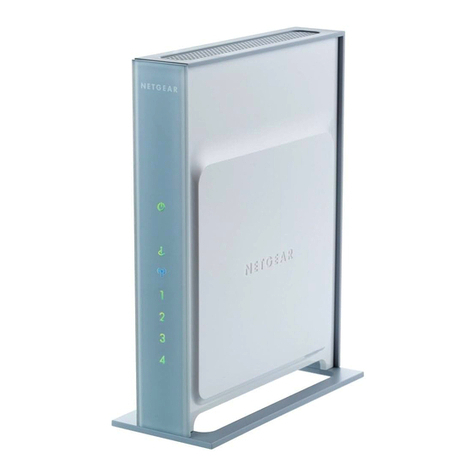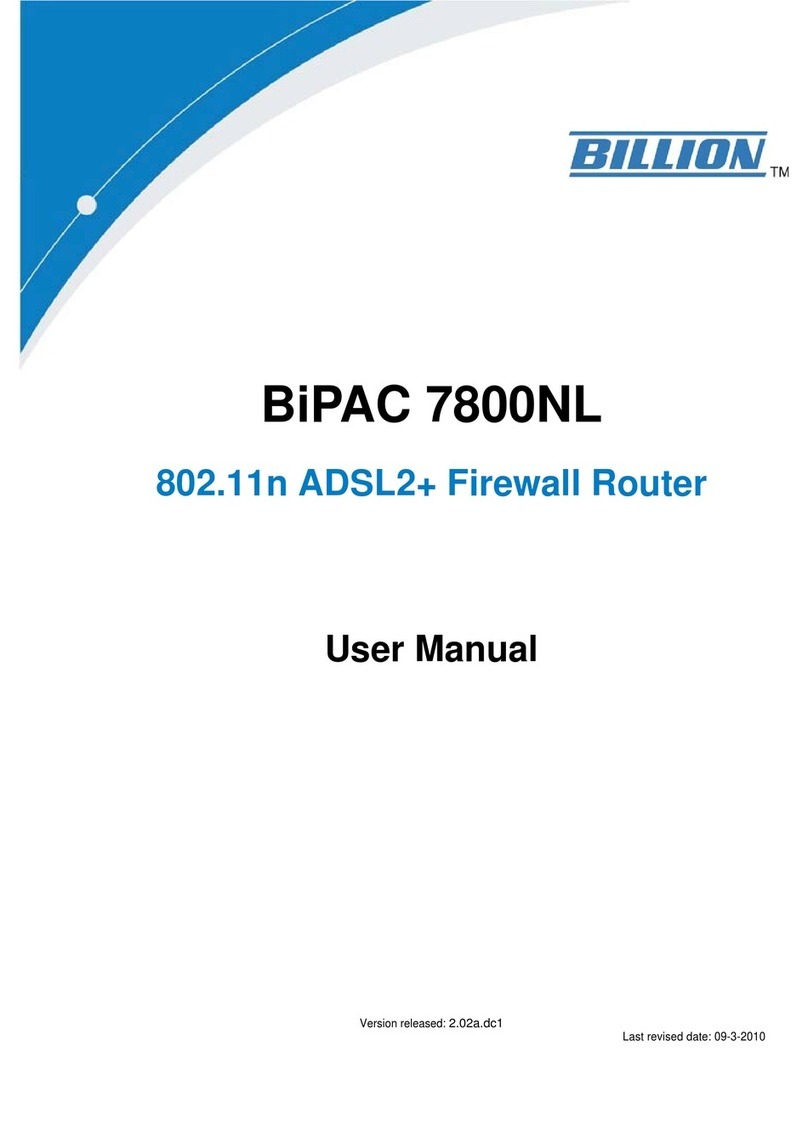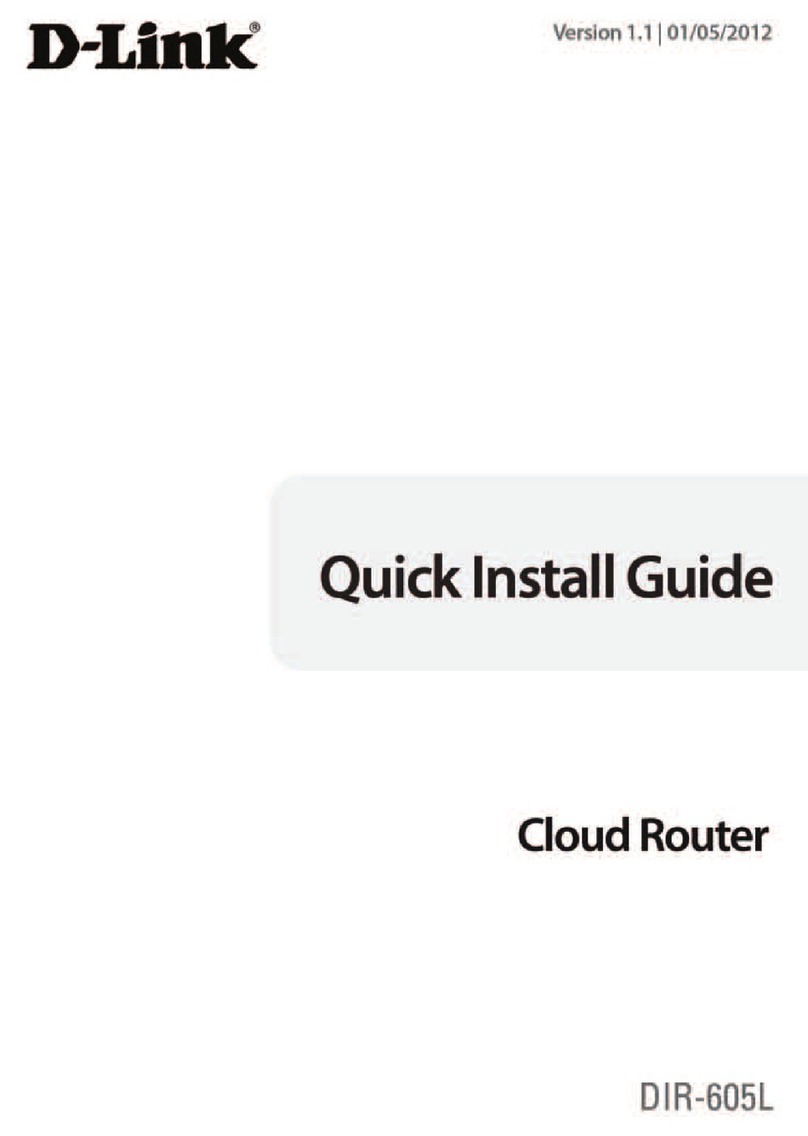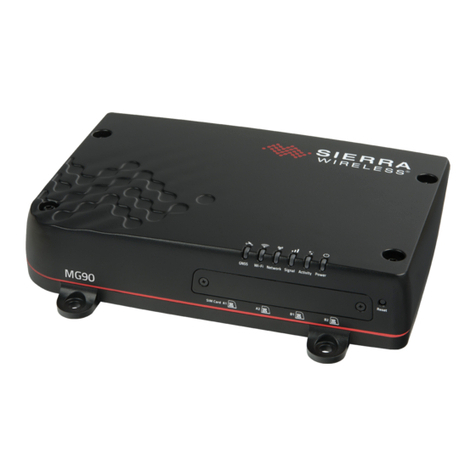merten KNX/IP User manual

V6803-581-01 02/14
KNX/IP router REG-K6803290© Schneider-Electric2014V6803-581-0102/14
|You will find the English version of these operat-
ing instructions at:
www.merten.com
¼DANGER
Risk of serious damage to property and per-
sonal injury, e.g. from fire or electric shock,
due to incorrect electrical installation.
Safe electrical installation can only be ensured if
the person in question can prove basic knowl-
edge in the following areas:
• Connecting to installation networks
• Connecting several electrical devices
• Laying electric cables
• Connecting and establishing KNX networks
These skills and experience are normally only
possessed by skilled professionals who are
trained in the field of electrical installation technol-
ogy. If these minimum requirements are not met
or are disregarded in any way, you will be solely li-
able for any damage to property or personal inju-
ry.
KNX/IP router REG-K
Operating instructions
Art. no. 680329
English operating instructions
For your safety
en
Function overview
The KNX/IP router REG-K (referred to below as KNX/IP
router) enables KNX telegrams of a TP line to be for-
warded to a LAN (IP) as a rapid backbone. The KNX tel-
egrams are forwarded in both directions. In a KNX
system, you can use KNX/IP routers, couplers or both
devices in mixed operation.
The KNX/IP router can also be used as an interface for
bus access via IP (e.g. for ETS programming).
With version 0C and higher (see the back of the device),
a total of up to 5 simultaneous connections is supported.
The KNX/IP router supports the DHCP Internet protocol.
The IP address can be automatically assigned via a
DHCP server or manually via the ETS setting.
Other supported Internet protocols are ARP, ICMP, IGMP
and UDP/IP. The KNX/IP router operates in accordance
with the KNXnet/IP specification using core, device man-
agement and tunnelling.
An external power supply powers the KNX/IP router. If
available in your network, you can alternatively use pow-
er over Ethernet (IEEE 802.3af).
Coupler function (KNXnet/IP routing)
The KNX/IP router can work as a line coupler or area
coupler. In both cases the LAN (IP) is used as a back-
bone.
The assignment of the physical address of the KNX/IP
router determines if the device works as a line coupler or
an area coupler.
If the physical address has the form (X.Y.0), the router
functions as a line coupler.
X = 1 to 15 = area
Y = 1 to 15 = line
0 = line coupler
If the physical address has the form (X.0.0), the router
functions as an area coupler.
X = 1 to 15 = area
0.0 = area coupler
|Note: If the KNX/IP router is used as an area cou-
pler (X.0.0), no KNX/IP router may be located top-
ologically below it. For example, if a KNX/IP router
has the physical address 1.0.0, a KNX/IP router
with the address 1.1.0 is not permitted.
|Note: If the KNX/IP router is used as a line cou-
pler (X.Y.0), no KNX/IP router may be located top-
ologically above it. For example, if a KNX/IP
router has the physical address 1.1.0, a KNX/IP
router with the address 1.0.0 is not permitted.
The KNX/IP router has a filter table and thus helps re-
duce the bus load. The filter table is automatically gener-
ated by the ETS in the preconfiguration.
Because of the speed difference between Ethernet (10
Mbit/s) and KNX (9.6 kbit/s), far more telegrams can be
transmitted on IP. If there are several telegrams in quick
succession for the same line, they must be buffered in
the router in order to avoid telegram losses. For this pur-
pose, the KNX/IP router has memory for 150 telegrams
(from IP to KNX).
Getting to know the KNX/IP router KNX/IP router as a line coupler
Example with lines 1.1 and 2.1
KNX/IP router as an area coupler
Example with areas 1 and 2
KNX/IP router as a area coupler and line coupler
Example with area 1 and line 2.1
Switch
KNX
LAN
1.1.1
1.1.6
1.1.5
1.1.4
1.1.3
1.1.2
1.1.7
1.1.12
1.1.11
1.1.10
1.1.9
1.1.8
KNX IP
Router
1.1.0
KNX IP
Router
2.1.0
KNX
2.1.1
2.1.6
2.1.5
2.1.4
2.1.3
2.1.2
2.1.7
2.1.12
2.1.11
2.1.10
2.1.9
2.1.8
Switch
LAN
KNX IP
Router
1.0.0
KNX IP
Router
2.0.0
KNX
1.1.0 1.2.0
1.2.1
1.2.6
1.2.5
1.2.4
1.2.3
1.2.2
1.1.1
1.1.6
1.1.5
1.1.4
1.1.3
1.1.2
KNX
2.1.0 2.2.0
2.2.1
2.2.6
2.2.5
2.2.4
2.2.3
2.2.2
2.1.1
2.1.6
2.1.5
2.1.4
2.1.3
2.1.2
S
Switch
LAN
KNX IP
Router
1.0.0
KNX
1.1.0 1.2.0
1.2.1
1.2.6
1.2.5
1.2.4
1.2.3
1.2.2
1.1.1
1.1.6
1.1.5
1.1.4
1.1.3
1.1.2
KNX IP
Router
2.1.0
KNX
2.1.1
2.1.6
2.1.5
2.1.4
2.1.3
2.1.2
2.1.7
2.1.12
2.1.11
2.1.10
2.1.9
2.1.8

V6803-581-01 02/14
Interface function (KNXnet/IP tunnelling)
The KNX/IP router can be used as an interface to the
KNX. The KNX can be accessed from any point in the
LAN. A second physical address must be assigned for
this purpose.
With version 0C and higher (see the back of the device),
a total of up to 5 simultaneous connections is supported.
Further information can be found in the application de-
scription.
AConnecting terminals for external power supply
BBus connecting terminal
CProgramming button
DProgramming LED (red)
EOperating LED KNX (green)
– LED lights up: bus voltage present
– LED blinking: telegram traffic
FOperating LED Ethernet (green)
– LED lights up: Ethernet connection present
– LED blinking: telegram traffic
GRJ45 socket for Ethernet connection
Connections, displays and operating
elements
G
E
F
AB
C
D
¼WARNING
Risk of death from electric shock. The device
can be damaged.
Safety clearance must be guaranteed in accord-
ance with IEC 60664-1. There must be at least 4
mm between the individual cores of the 230 V
supply cable and the KNX line A.
Mounting the device on the DIN rail
Connecting the device
1Connect KNX.
2Connect the Ethernet cable.
3Connect the external power supply (only necessary
when power over Ethernet is not available).
1Press the programming button.
The programming LED lights up.
2Load the physical address and application into the
device from the ETS.
The programming LED goes out.
The operational LED lights up: the application has been
loaded successfully and the device is operative.
With version 0C and higher (see the back of the device),
you can assign other physical addresses directly on the
device. To do so, press the programming button for more
than 1 second.
Further information can be found in the application de-
scription.
Installing the KNX/IP router
Putting the KNX/IP router into
operation
230 V
4 mm
A
2
1
3
Gothaer Straße 29, 40880 Ratingen
www.merten.com
www.merten-austria.at
Customer care centre:
Technical data
Supply voltage
External power supply
via connecting termi-
nals:
AC 12-24 V
DC 12-30 V (SELV),
10 mA
Alternative power sup-
ply via RJ 45 socket:
Power over Ethernet (IEEE
802.3af)
Power consumption: max. 800 mW
Operating elements: 1x programming button
Display elements: 1x LED (red): programming
1x LED (green): KNX
1x LED (green): Ethernet
Connections
KNX: Bus connecting terminal
Ethernet: RJ45 socket
External power sup-
ply:
Screw terminals for cross-sec-
tions up to max. 2x 1.5 mm2
Ambient temperature:
Operation: -5 °C to +45 °C
Environment: Can be used at elevations up
to 2000 m above sea level
(MSL)
Max. humidity: 93%, no condensation
Dimensions (HxWxD): 90x36x60 mm
Device width: 2 modules = 36 mm
Schneider Electric GmbH c/o Merten
Phone: +49 2102 - 404 6000
This manual suits for next models
1
Table of contents
Popular Network Router manuals by other brands
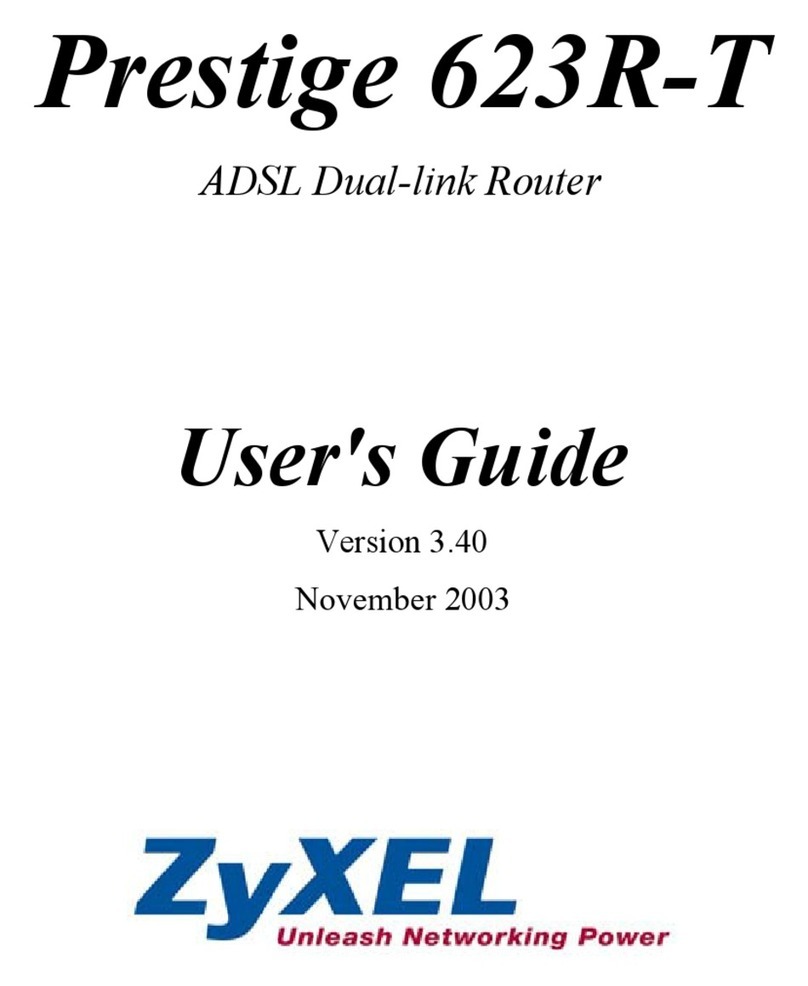
ZyXEL Communications
ZyXEL Communications Prestige 623R-T user guide
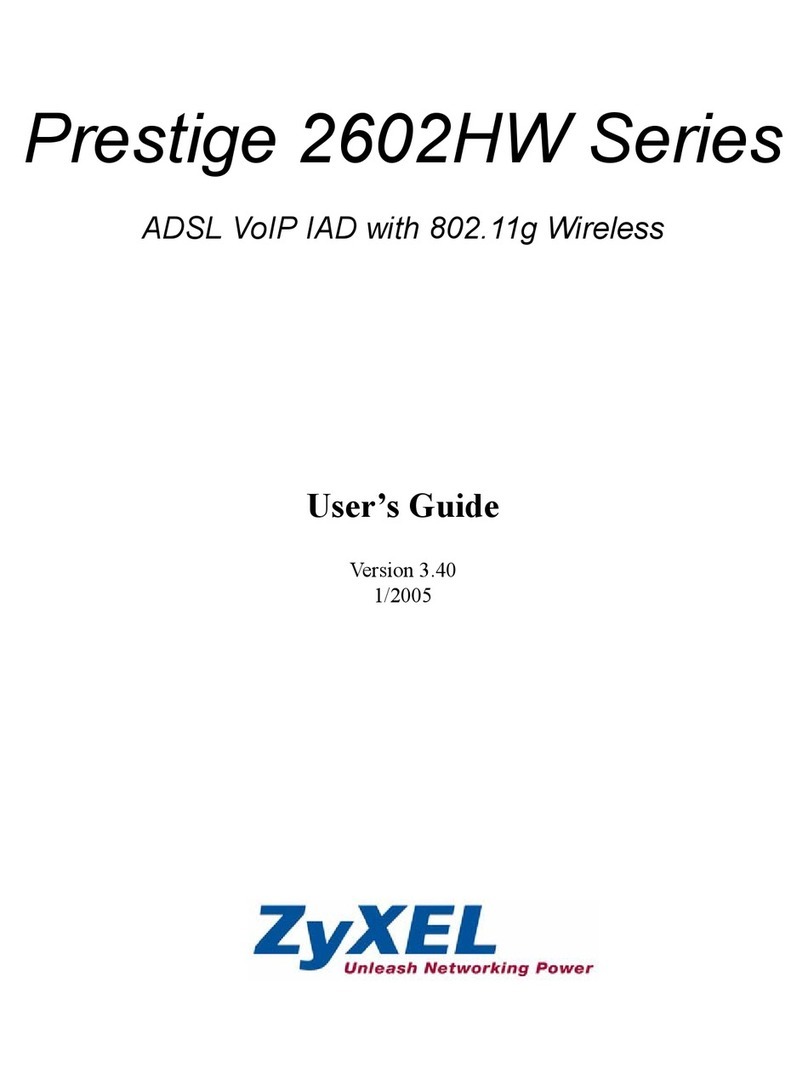
ZyXEL Communications
ZyXEL Communications ADSL VoIP IAD with 802.11g Wireless 2602HW... user guide
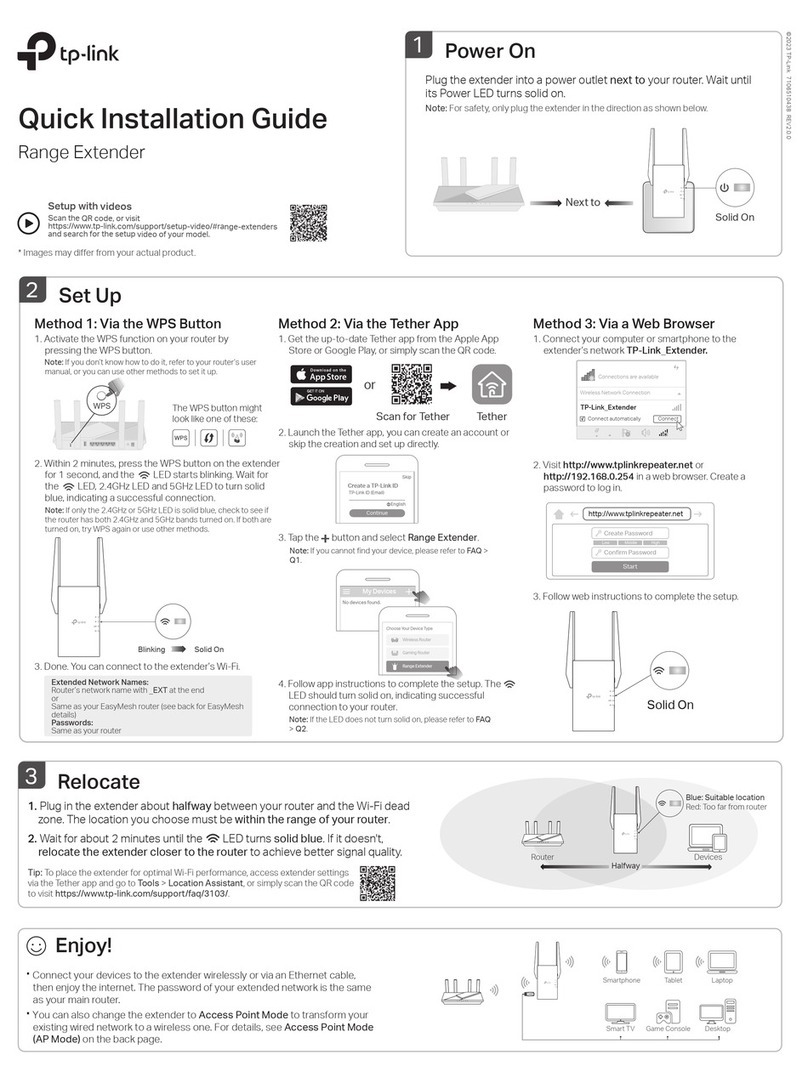
TP-Link
TP-Link RE705X Quick installation guide
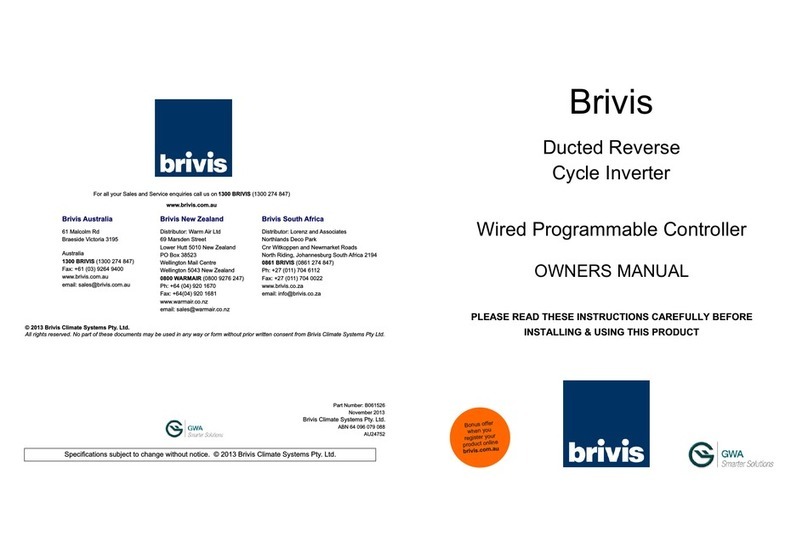
Brivis
Brivis B061526 owner's manual
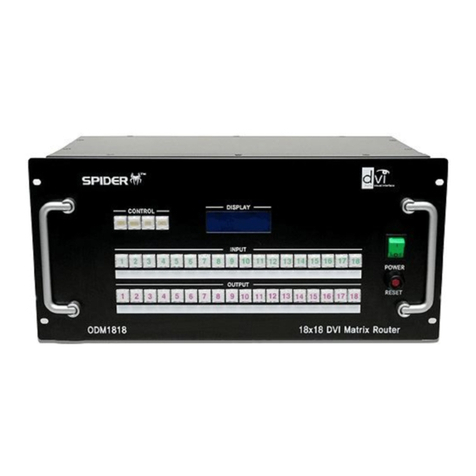
SPIDER
SPIDER ODM1818 user manual
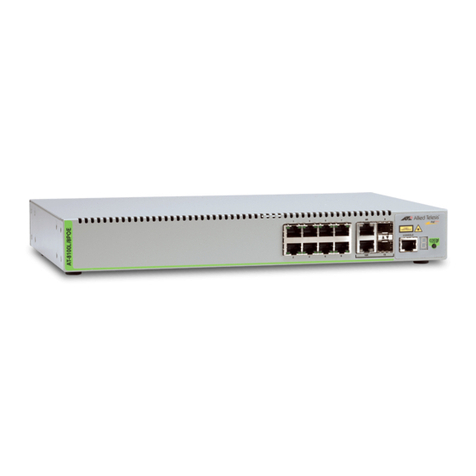
Allied Telesis
Allied Telesis AT-8100L/8 user guide
